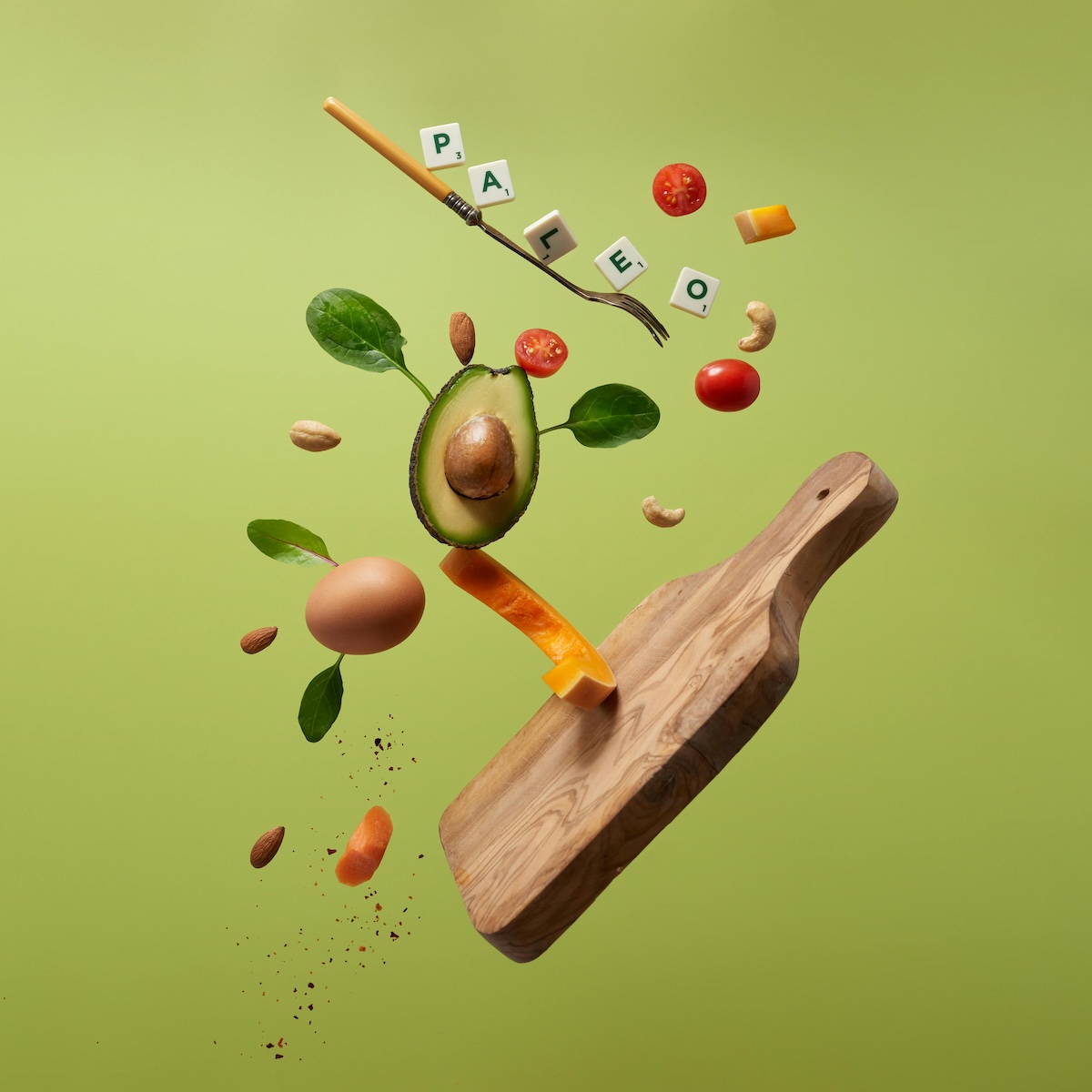
Discover the distinctions between the paleo and the autoimmune paleo diets, including lists of permissible foods, what to avoid, and the myriad health advantages they offer!
The paleo diet, also known as the “caveman diet,” emulates the dietary habits of our Paleolithic ancestors. This diet primarily includes foods that were available through hunting and gathering, such as lean meats, fish, vegetables, fruits, nuts, and seeds. The core idea is to realign our eating habits more closely with our genetic predispositions, suggesting that our bodies haven’t adapted to modern dietary practices, and should instead focus on the natural foods consumed by our forebears.
Yet, the paleo diet is more than just the “caveman diet.” It is anti-inflammatory and rich in nutrients, designed to provide all the essential nutrients your body needs without the high-calorie, processed foods typical of the modern American diet.
Let’s delve deeper into what the paleo diet involves, how it differs from the autoimmune protocol diet, also known as the paleo AIP diet, and the health benefits associated with these diets.
The Paleo Diet
The paleo diet emphasizes high-quality, anti-inflammatory, nutrient-dense foods, including well-sourced proteins, abundant vegetables, some fruits, and healthy fats. Optimal protein sources might include grass-fed beef, pasture-raised poultry, and wild-caught fish—consider what our hunting ancestors would have consumed.
Members Only Content
To continue reading please subscribe to WellnessPlus by Dr. Jess MD
Be your own best doctor with our comprehensive suite of online health coaching tools.
